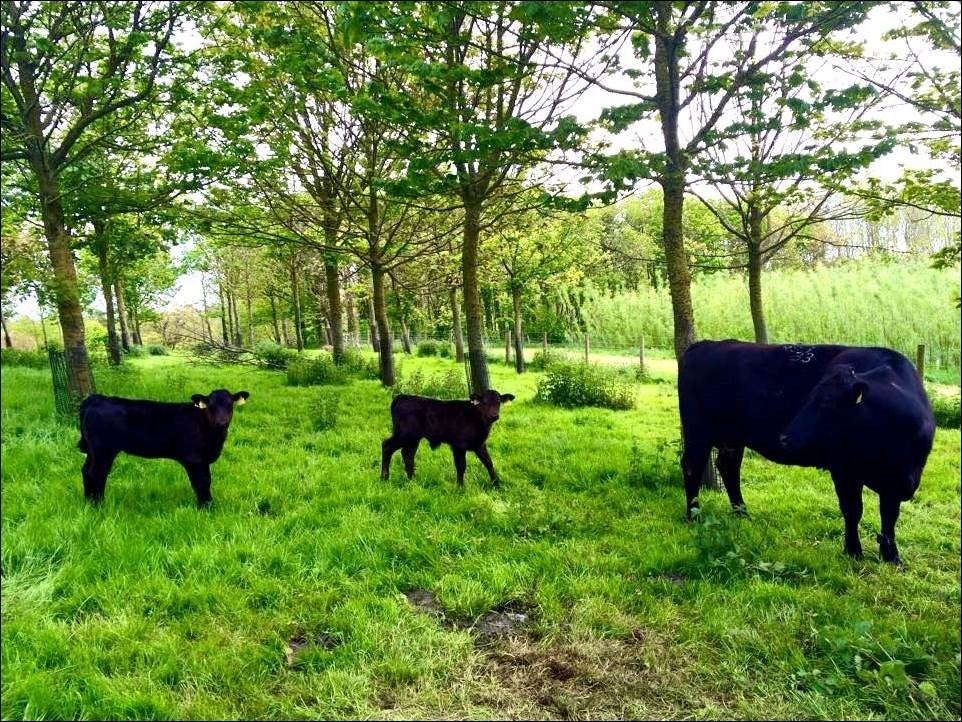
Farmers are being encouraged to plant trees such as hornbeam, beech and walnut to improve food production, farm businesses, and the environment.
The Forestry Commission’s Forest Research agency has developed a new tree species guide for UK agroforestry systems with the University of Reading, providing information on 33 species of trees best suited for planting on farmland.
The guide aims to help inform farmers who are looking at agroforestry – the process of integrating trees into farming systems – choose the right tree species based on the individual needs and conditions of their farm.
The Forestry Commission says trees on agricultural land can offer a range of benefits, including protecting soils, storing carbon, sheltering and shading livestock and diversifying farm incomes into timber, fruit and nuts.
The climate is changing, and so are we 🌡
— Forestry England (@ForestryEngland) November 25, 2024
Meet the people working hard this #NationalTreeWeek to safeguard the forests of the future 🌱
Watch the full film 👉 https://t.co/y7Rmvj0aa6 pic.twitter.com/Xj5gWhTNLZ
Planting the right kind of trees in the right place can help farms be resilient to climate change and the worsening extremes such as flooding and heatwaves it is bringing, and reducing exposure to fluctuating agricultural markets, the agency said.
The guide highlights species such as hornbeams, which are suitable on most farms, live for a long time and can produce specialised timber, and beeches which are suitable for upland farms, have longevity and value for timber.
Walnut and black walnut trees produce nuts and offer benefits to livestock, while goat willow trees can be used for biomass and tannins and common and red alder trees are able to capture nitrogen to improve the soil and forage grassland, the guide says.
Farmers can get grants for planting and maintaining trees on agricultural land including the new nature-friendly farming scheme that is replacing old EU-era subsidies and woodland creation grants from the Forestry Commission.

Forestry Commission chief executive Richard Stanford said: “Food production and environmental goals are under increasing scrutiny and the effects of climate change are becoming apparent to us all.
“Agroforestry can offer improved productivity from livestock and crops and help to build resilience to climate change.”
“This indispensable guide outlines which tree species are most suited to farmers’ needs and the conditions specific to their land,” he said, adding it would help them benefit from incorporating trees into farmland while maximising food production.
Tom Breeze, from the University of Reading, said: “Farming with trees is a great way for farmers to meet environmental goals without compromising food production, but the barriers to entry can feel overwhelming.
“Drawing on years of research from the University of Reading, this guide aims to equip farmers with the practical knowledge and tools they need to get started.
“Our goal is to make farming with trees more accessible, increase awareness of its benefits, and spark a conversation about how agroforestry can transform agriculture in the UK.”







